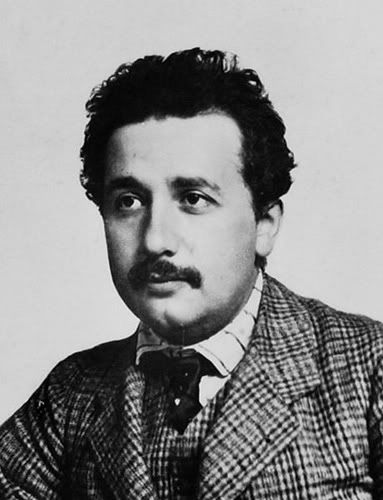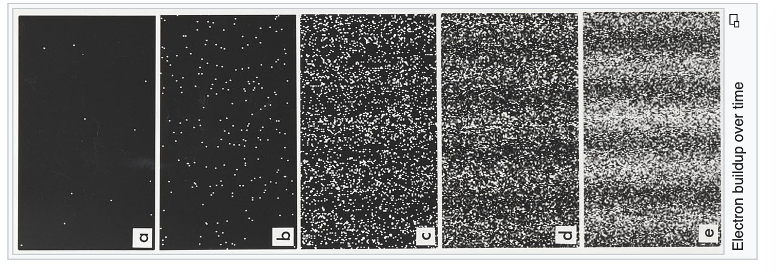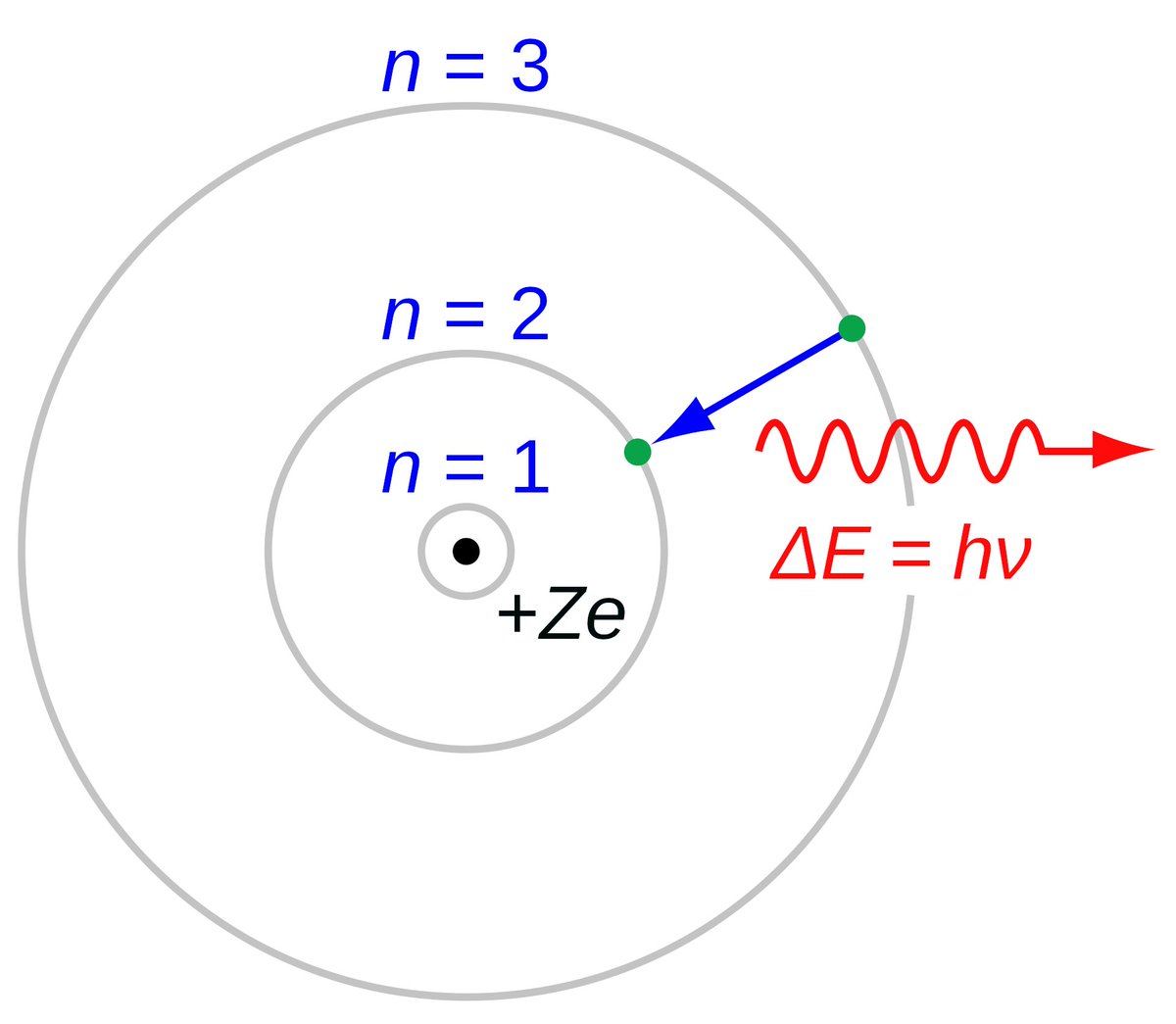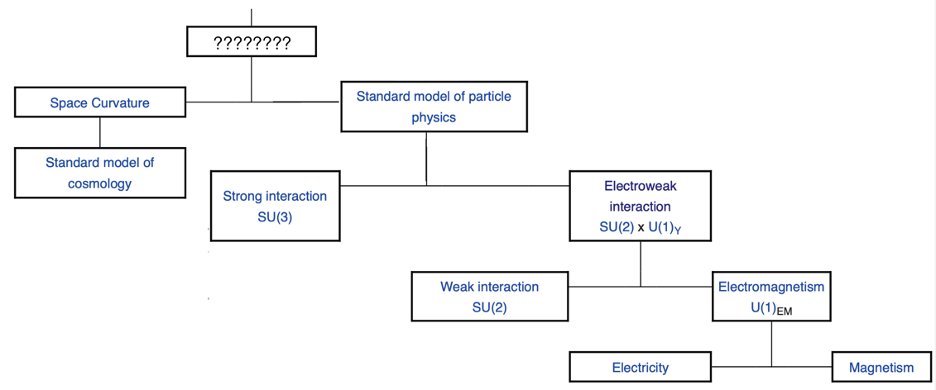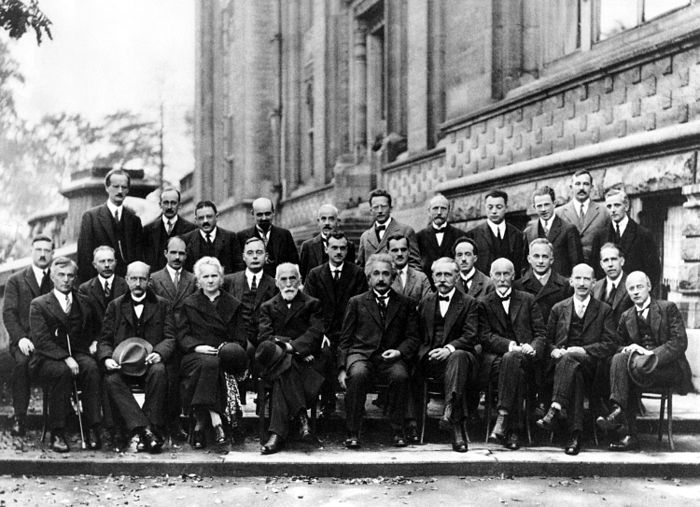1. I wanted to write some about the golden age of 20th century physics because I absolutley love it! So here’s the story of when humanity first began to understand the universe and accidentally tore physics in half.
2. Now, I’m going to try to make this interactive. Reading this thread through should be a consistent narrative, but occasionally I’ll link to more technical details. Feel free to click on these as you read; they’ll end with a link taking you right back to where you left off.
3. To start with the point of view of physicists at the turn of the century, I’ll quote Lord Kelvin in 1900 - “There is nothing new to be discovered in physics now. All that remains is more and more precise measurement.” (He was wrong)
4. Now, you might have noticed that hot stuff glows red. Back in 1900, the normal equations for hot stuff didn’t explain this very well at all. Kelvin may not have cared, but a guy named Planck sat down and decided he was going to figure out how the light was emitted.
5. He was playing with math and realized if you said light shot out in packets, it fixed the problem! (1918 Nobel) He didn’t get why, and assumed it was a math trick or something specific to glowing. 4 years later, a patent clerk understood what he said, and the schism began
6. Jumping back a bit, some ancient Greeks came up with the idea for atoms, little indivisible objects that made up all matter. 2000 years later, an English guy proved them wrong, splitting the atom apart and setting the stage for our patent clerk. https://twitter.com/BrianTHeligman/status/1255171807293964288">https://twitter.com/BrianTHel...
7. In one miraculous year, our clerk took this discovery and some others lying around and used them to enable the first proof of atoms, kick off quantum mechanics, and develop special relativity, adding E=mc2 as an afterthought. He then received his PhD https://twitter.com/BrianTHeligman/status/1255172561660448768">https://twitter.com/BrianTHel...
8. Einstein’s superpower was his rebelliousness; he had no sentimental attachment to narratives. Physicists spent ages believing in an ether even though no one could find it. Einstein just accepted it wasn’t real and got special relativity. https://twitter.com/BrianTHeligman/status/1255173353461166082">https://twitter.com/BrianTHel...
9. Radically, Einstein also took the packets Planck proposed as real things. The work was met with a hostile reception, and even after Einstein won the 1921 Nobel for it, it remained controversial. https://twitter.com/BrianTHeligman/status/1255174585588150274">https://twitter.com/BrianTHel...
10. To be fair, people fought it because it doesn’t really make sense. Newton used to think light came in little packets, but for the last 100 years everything had disagreed! Light went through pinholes and refracted into rainbows! There was a ton of evidence light was a wave
11. Turns out, light is both. It might sound confusing; that’s because it is confusing. Basically, at really small scales, light acts like a particle. Zoom out and it acts like a wave. Weird, but soon, there were going to be even bigger, more fundamental problems
12. Around 1911, things really heat up. Rutherford figures out that most of the atom is concentrated in a tiny heavy thing in the center; the size a grain of sand in a football field. The electrons would circle around this nucleus in the middle. https://twitter.com/BrianTHeligman/status/1255175805178699778">https://twitter.com/BrianTHel...
13. The next step is where things really go awry. In 1913, Bohr found the spectra emitted by hydrogen could be modeled if you only let electrons exist in discrete orbits around the nucleus. The emissions represented jumps between the levels.
https://twitter.com/BrianTHeligman/status/1255176455501361153">https://twitter.com/BrianTHel...
https://twitter.com/BrianTHeligman/status/1255176455501361153">https://twitter.com/BrianTHel...
14. Bohr’s fixing of orbits might not seem significant, but it was. Any jump between levels was discontinuous – the electron didn’t exist anywhere between the levels. Worse, it was fundamentally impossible to know when the electron would jump or where it would go.
15. Ever since Newton founded physics, things were deterministic. If you looked closely enough, you could figure out where something was and where it was going. After Bohr, not anymore. Pretty much everyone hated this - Einstein famously remarked, “God does not play dice"
16. In 1915, Einstein achieved one of his greatest feats: General Relativity. This was astoundingly impressive and it’s one of the most beautiful theories in physics. However, he couldn’t bring QM into the mix, and was deeply unsatisfied. https://twitter.com/BrianTHeligman/status/1255178149454843904">https://twitter.com/BrianTHel...
17. Disgusted by the divergence he helped to create, Einstein fruitlessly worked to unify QM with general relativity, all the way to his deathbed. His late work had phrases like "No reasonable definition of reality could be expected to permit this" https://twitter.com/BrianTHeligman/status/1255178891481792517">https://twitter.com/BrianTHel...
18. Today, physics remains in two. There are modern attempts at combining gravity and QM into a theory of everything; mainly superstring theory and quantum loop gravity. Don’t understand these well but linking to good interviews below. https://twitter.com/BrianTHeligman/status/1255180833511464960">https://twitter.com/BrianTHel...
19. This thread leaves out many of the accomplishments of the scientists of this era, including many of Einstein’s. It was an incredible period. I really love this stuff, and wish I had more time to clarify explanations and fact-check, so apologies in advance for any errors
20. Someday I’d love to continue this with the standard model or condensed matter physics, but no clue when that will be. If somehow you want more, pick up right where I left off with this @AstrophysAdam thread inspired by the same textbook! (Griffiths) https://twitter.com/AstrophysAdam/status/1237555633458565121">https://twitter.com/Astrophys...
https://twitter.com/BrianTHeligman/status/1255182074602049537">https://twitter.com/BrianTHel...
22. Anyways, hope you guys enjoyed and learned something! This definitely got a lot more sprawling than I had originally anticipated, but what can I say, I like the stuff

 Read on Twitter
Read on Twitter
